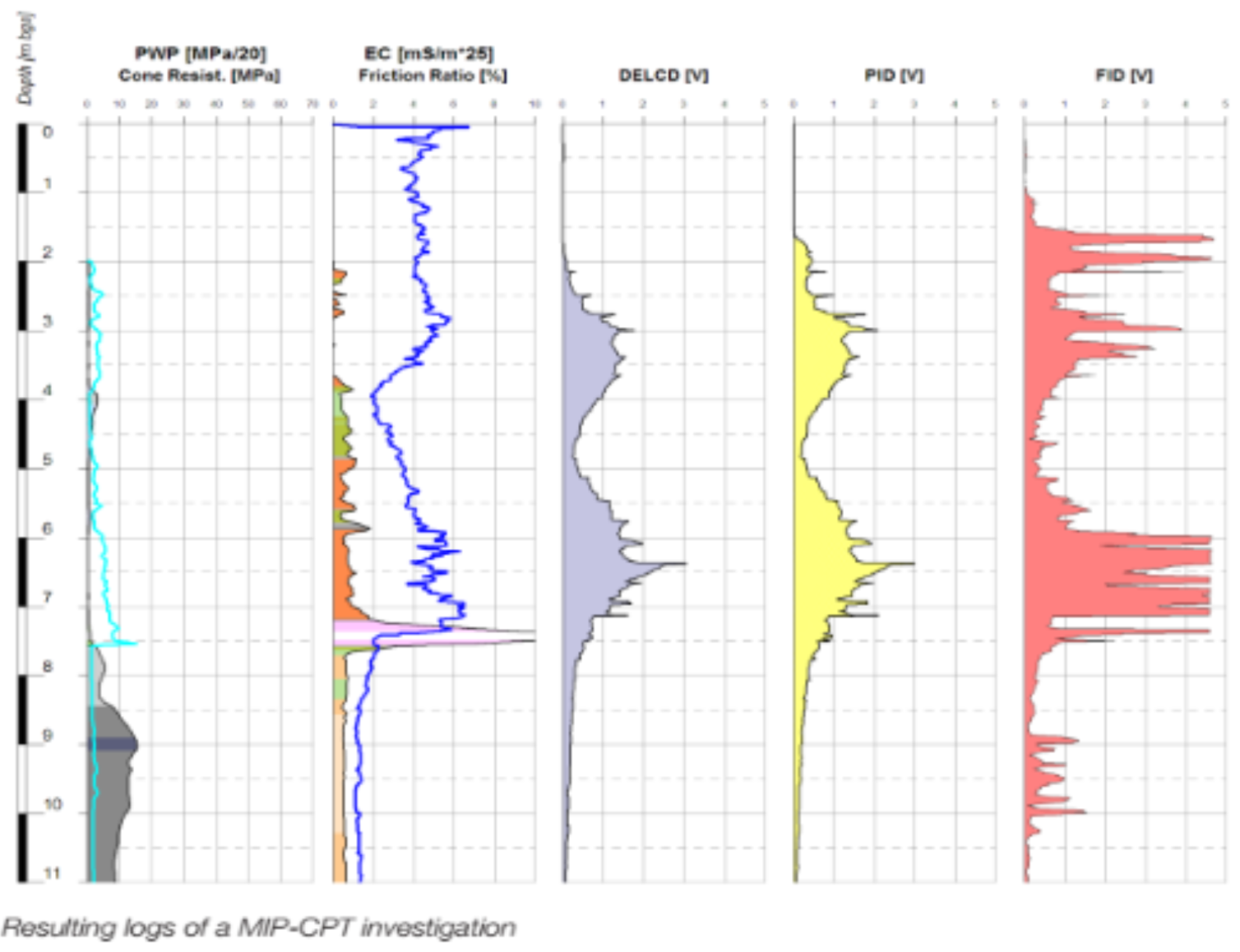Capabilities
-
Undrained shear strength
-
Soil shear modulus
-
Effective horizontal stress
-
Effective overburden pressure
-
In situ horizontal stress
-
Friction angle (sand)
-
Soil bearing capacity
-
Relative density
-
Soil deformation
Applications
-
Providing information on subsurface strata and engineering properties to designers planning foundations for new buildings, structures, high rise buildings and highways.
-
Geo environmental investigations to facilitate the remediation of Brownfield sites, where CPT can:
-
Characterize contamination.
-
Determine depth of foundations.
-
Geohazard studies, for example the investigation of natural cavities and solution features and man-made features such as shafts and mine workings.
-
Quality control checking of earthworks, e.g. compaction testing of road or rail embankments, levees or earth dams
Benefits
-
Low impact – CPT provides a continuous subsurface picture with less ground disturbance than drilling.
-
Highly mobile – CPT can be used in most situations where ground investigation is required. On land, it can be deployed from trucks, tracked vehicles and bespoke vehicles, such as rail wagons. Over water, CPTs can be conducted from vessels, barges and jack-up platforms.
-
In situ measurement – therefore less affected by sample disturbance or stress relief than laboratory-based methods.
-
Versatility – we offer modular systems with many types of sensor available, to yield a range of information from a single mobilization
-
Big data delivered quickly – with rapid acquisition ( > 100 m per day), CPT yields thousands of data points to enable reliable site characterization, and provides digital output that can be transferred in real time

